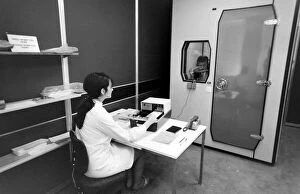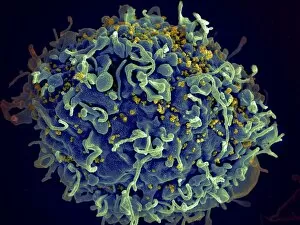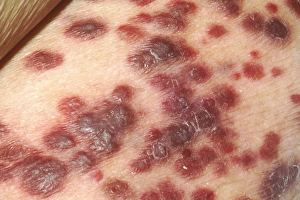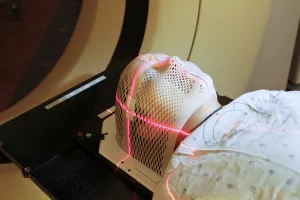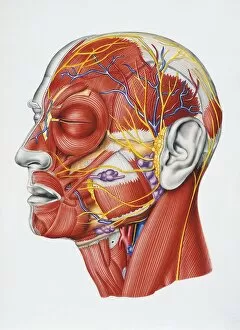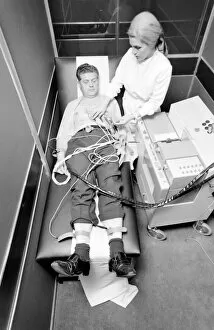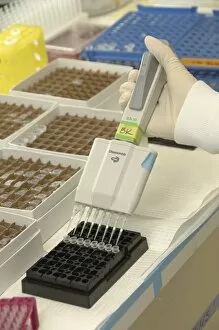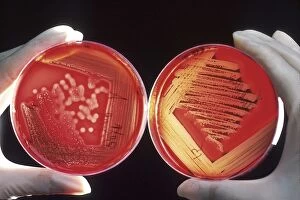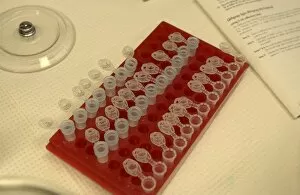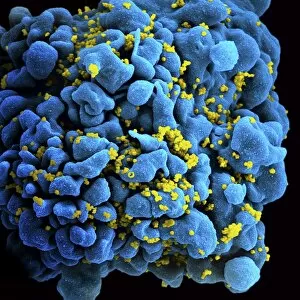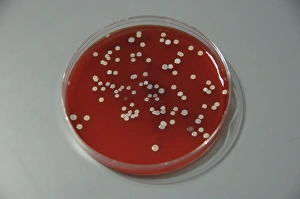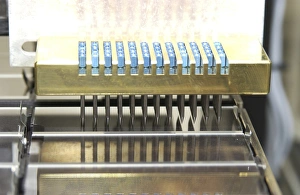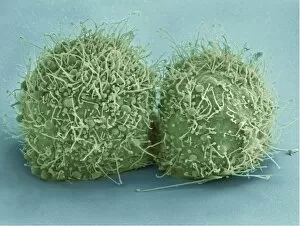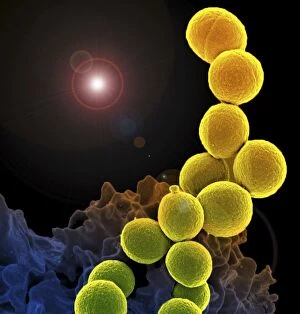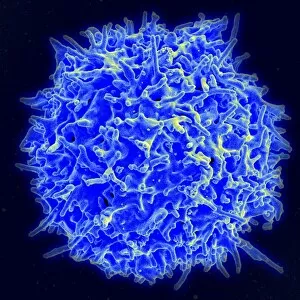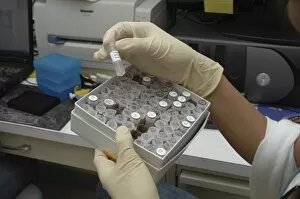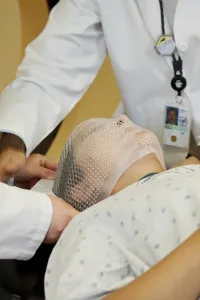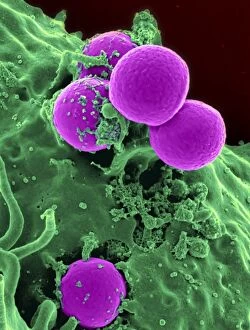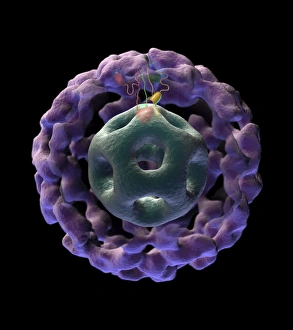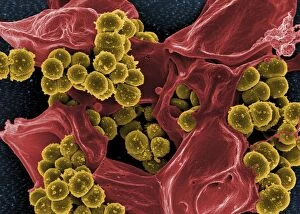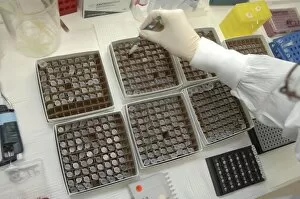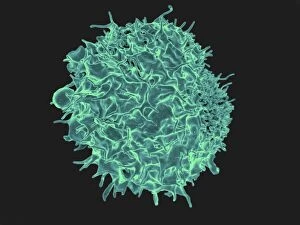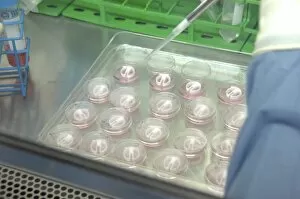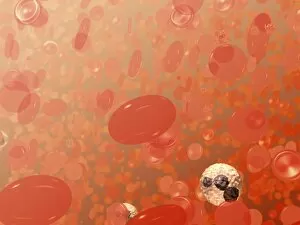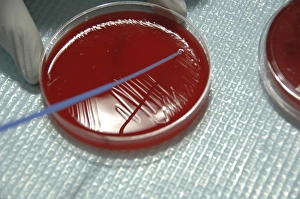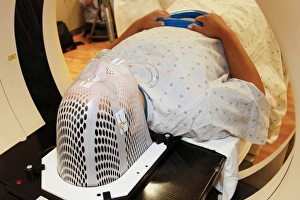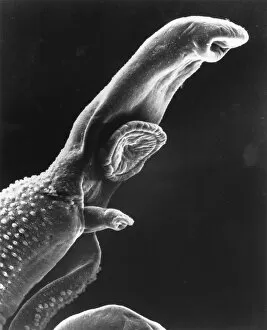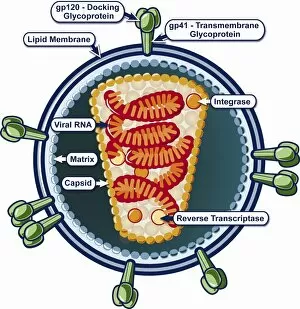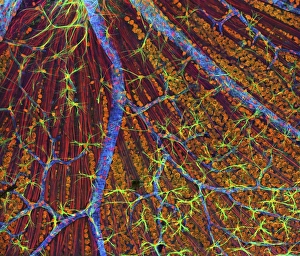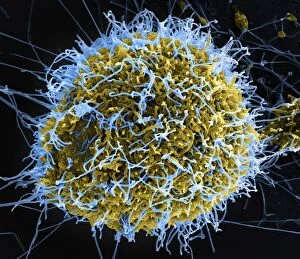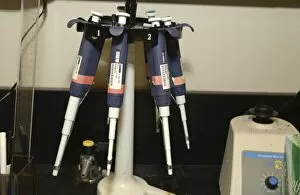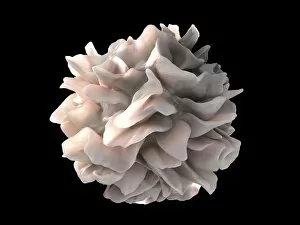Biomedical Collection
"Exploring the Biomedical Frontier
All Professionally Made to Order for Quick Shipping
"Exploring the Biomedical Frontier: Unveiling London's Pioneering Work at Kings Cross" Step into the captivating world research as we journey through the heart of United Kingdom's scientific hub, London. Nestled in the vibrant district of Kings Cross lies The Francis Crick Institute, a beacon for groundbreaking discoveries and advancements in healthcare. Transporting us back to 1972, an era marked by remarkable progress, we witness a dedicated woman attaching sensors to a patient at the Biomedical Centre. With precision and care, she sets the stage for cutting-edge experiments that would shape medical history. In another corner of this bustling center, amidst rows of buzzing machines and diligent researchers, a woman operates a telex machine with unwavering focus. This intricate communication system serves as a vital lifeline connecting scientists across borders—a testament to collaboration transcending boundaries. Venturing further within these walls reveals locked rooms where patients eagerly listen to something transformative—perhaps an innovative treatment or life-changing breakthroughs whispered through hidden speakers. Their hope intertwines with relentless efforts behind closed doors; their stories interwoven with countless hours spent unraveling mysteries within these hallowed halls. As our exploration continues, we encounter yet another determined woman operating an advanced machine designed to test patients' hearing capabilities. Through meticulous analysis and compassionate care, she paves new avenues for understanding auditory health—an invaluable contribution towards enhancing lives. Amidst it all stands Nucleic Acid—an illustration symbolizing genetic blueprints that hold immense potential for unlocking cures and deciphering human existence itself. It embodies the essence research—the pursuit of knowledge intertwined with compassion-driven innovation. The Biomedical Centre becomes our gateway into this extraordinary realm where science meets humanity—a place where tireless dedication converges with boundless curiosity. Each room holds untold stories waiting to be discovered; each researcher is driven by an unyielding passion to make a difference in people's lives.





